Note: This website was automatically translated, so some terms or nuances may not be completely accurate.
UR's corporate museum conveys the message: "Transcending social challenges."
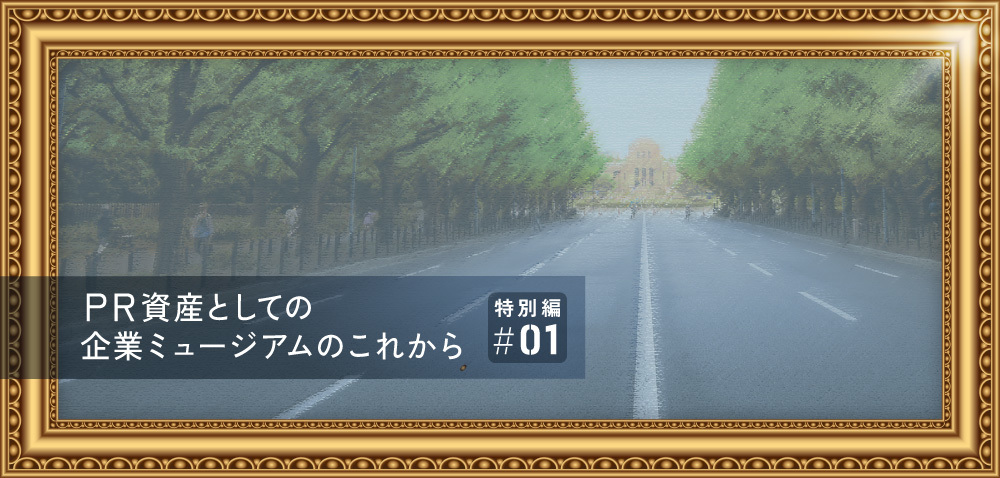
Corporate museums occupy a buffer zone straddling both the academic realm of "museums" and the business realm of "corporations." They are organizations that collaborate diversely with corporate departments such as public relations, branding, advertising, and human resources. In this series, PR professionals introduce various museums run by corporations, examining their roles, functions, and potential.
Over 35 installments, we have covered a total of 33 corporate museums operated by private companies, discussing their functions and roles as corporate owned media and their potential as PR assets. This article, serving as a "special edition" to the series, introduces a museum operated by an independent administrative agency. We examine, from a PR perspective, how an organization with a different structure than private companies operates a museum, its purpose, and how it effectively utilizes its functions.
The UR Town and Life Museum, operated by the Urban Renaissance Agency (UR), opened in September 2023 and is already a popular museum, with weekends fully booked by reservation. It has also attracted significant international attention, drawing visits from overseas media and officials from foreign governments and local authorities.
Reporting and Text: Daisuke Inoue (PR Consulting Dentsu Inc.)
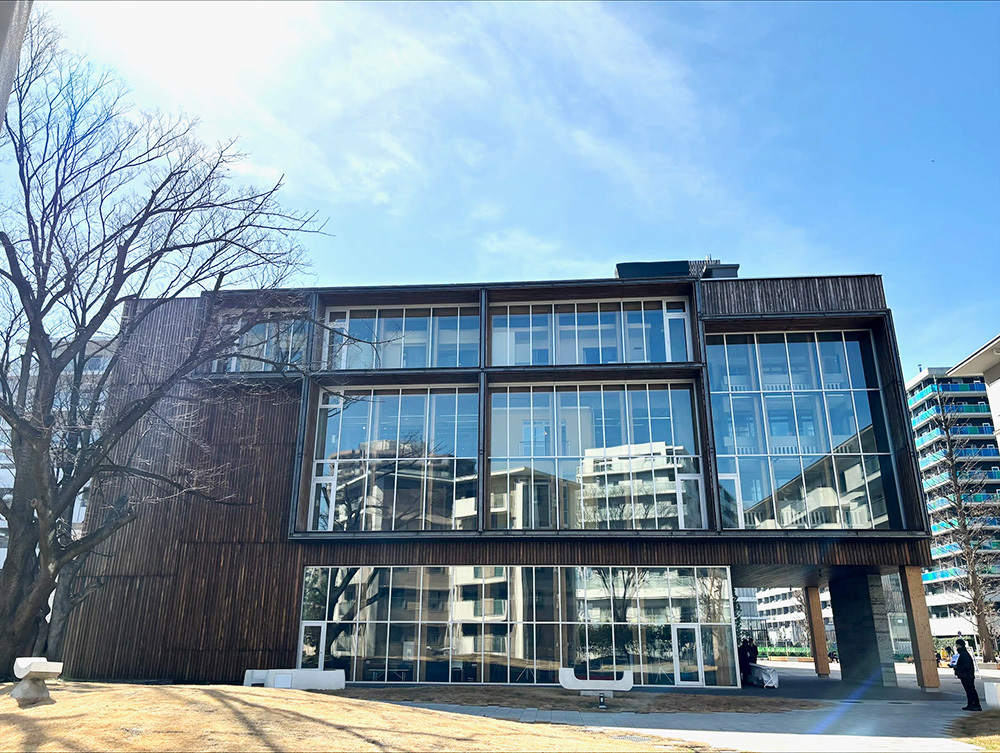
Riding the wave of media coverage, weekend reservations are always fully booked
Did you know there's a place in Tokyo called the "holy land of housing complexes"? It's Akabane-dai in Kita Ward. In 1962 (Showa 37), at the height of Japan's high economic growth period, the then Japan Housing Corporation built a massive housing complex here with 3,373 units. The "masterpiece housing complexes" born here proposed numerous future models for collective housing, bringing a singularity to the progress of Japanese-style collective housing.
Now, the UR Town and Life Museum has opened in Akabane-dai. This corporate museum of the Urban Renaissance Agency (UR) opened on September 15, 2023. The facility offers a comprehensive view of UR's history in town development (urban regeneration, disaster recovery, new town development, etc.) and housing (housing complexes), as well as its future. Its most distinctive feature is that many of the exhibits are experiential. This allows visitors to learn about UR not just by seeing and reading, but by engaging all five senses. It offers an immersive experience that elicits reactions like "Huh?" and "Wow!"
In fact, weekend reservations have been fully booked since shortly after opening. Visitor numbers are exceeding projections. The audience is diverse, ranging from students and researchers studying urban design to elderly couples, young couples, and families with children. Frequent media coverage has further boosted its popularity, making it a prime example of how PR effectively drives attendance.
Furthermore, it has garnered significant international attention, receiving multiple interviews from foreign media, including Italian architecture-focused outlets. The PR representative states, "We've had visits from overseas universities for research purposes and inspections from organizations like the World Bank. We believe the interest in this facility as a place conveying the architecture and people's lives during Japan's period of high economic growth is high even from an international perspective."
Diverse Operations, Long History: The Challenge of Making UR Known
Explaining UR as an organization is difficult. It is an independent administrative agency acting as a public corporation executing highly public-interest projects on behalf of the state. Its origins trace back to the Japan Housing Corporation, established in 1955 to resolve post-war housing shortages. Even its corporate mission differs fundamentally from that of a for-profit enterprise.
Its operations span far beyond managing and operating rental housing complexes—approximately 700,000 units nationwide—to include urban regeneration projects and disaster recovery support. While it boasts a history of responding to societal needs across more than half a century, whether it can easily gain public understanding or empathy as a corporation remains questionable. Housing complexes and cities are deeply intertwined with our lives, and UR should be a familiar presence to everyone. Yet it's easy to imagine that corporate communications for UR are no simple task. However, the UR Museum of Town and Life successfully addresses this challenge. Its numerous interactive exhibits lend UR tangible reality, fostering a genuine understanding of the company.
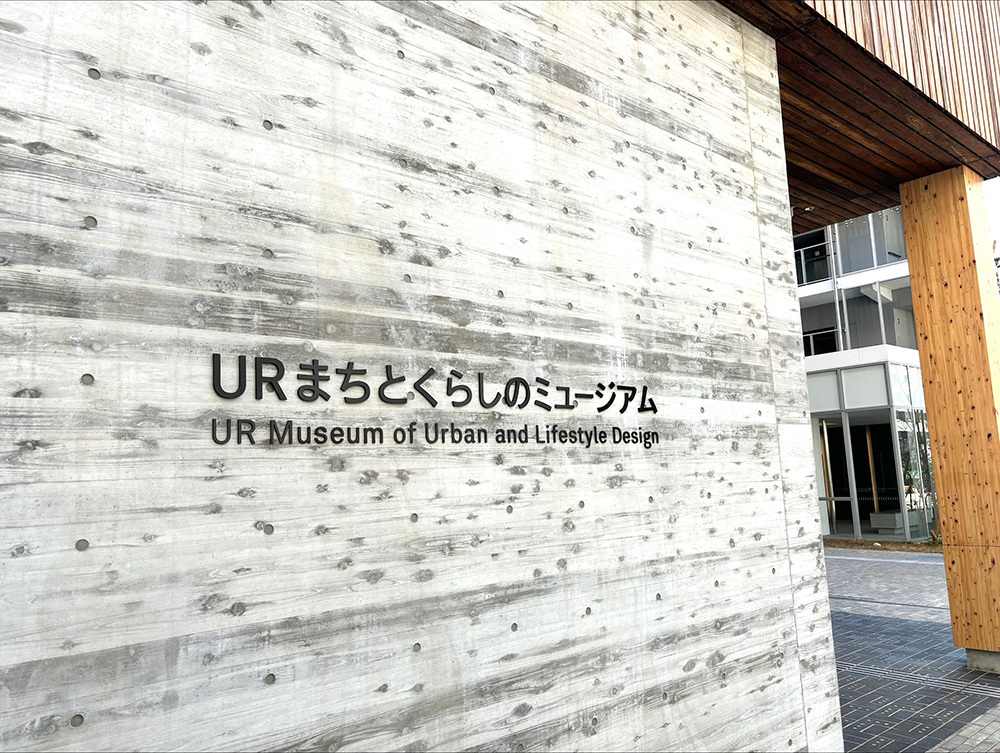
Touch, dive into, participate in the history and future of cities and living
How does UR achieve such close communication with residents through this corporate museum? Let's first explore its exhibits and methods. The museum's catchphrase is: "Survey the past, present, and future. Continuously explore new ways of living." Here, UR's past, present, and future are introduced—how it has shaped cities across eras and pursued new lifestyles. Consequently, its exhibition methods are remarkably diverse, sometimes unconventional.

For example, the restored dwelling. Inside the museum, four apartments from housing complexes symbolic of their respective eras are displayed exactly as they were at the time. The key point is that these are restorations, not mere recreations. Original materials from the era are used, and visitors can not only touch them but also enter the rooms.

Digital technology is also effectively utilized. Projection mapping covers four surfaces—walls and floor—allowing visitors to experience a bird's-eye view of urban development history while feeling a sense of floating. A massive 21-meter screen brings large-scale projects like urban regeneration and earthquake recovery to life. It's an experience that truly transports you into that era and space.
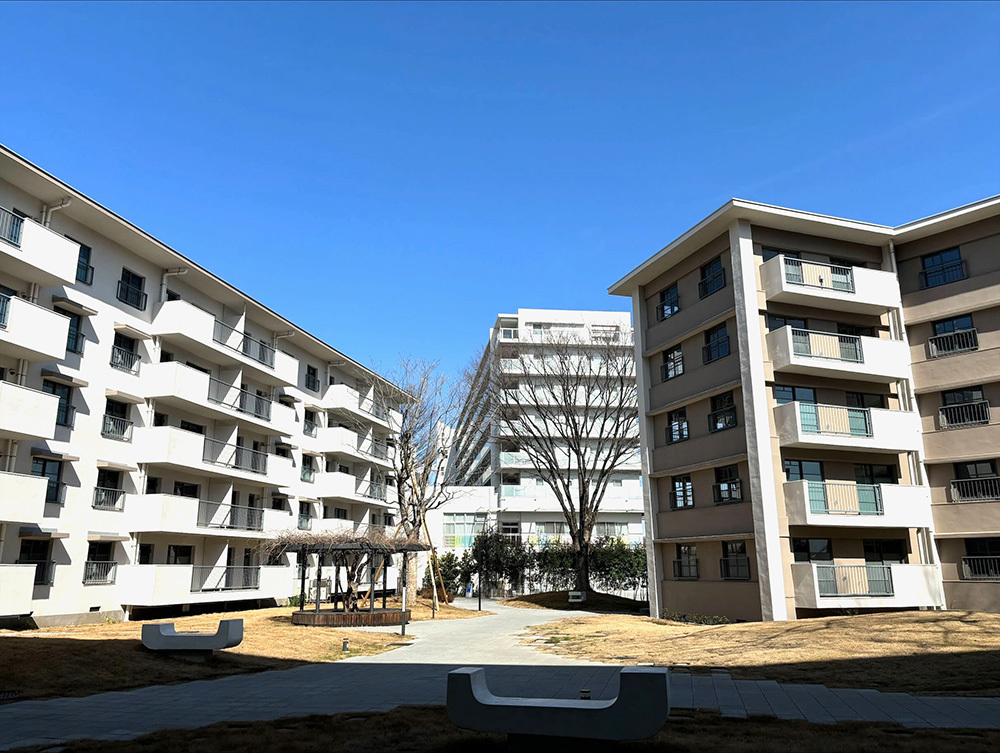
Stepping outside the museum building, four residential structures—registered tangible cultural properties (buildings)—tower before you. Their sheer presence transcends the boundaries of mere exhibition. The central courtyard, "Workshop Plaza," will fully launch in July 2024, serving as a hub for community interaction and revitalization. Resident-participation events and markets are planned here.
A Time-Slip Experience: "Viewing Inside" a Housing Complex from About 100 Years Ago
From here, we'll highlight particularly impactful exhibits as PR content.
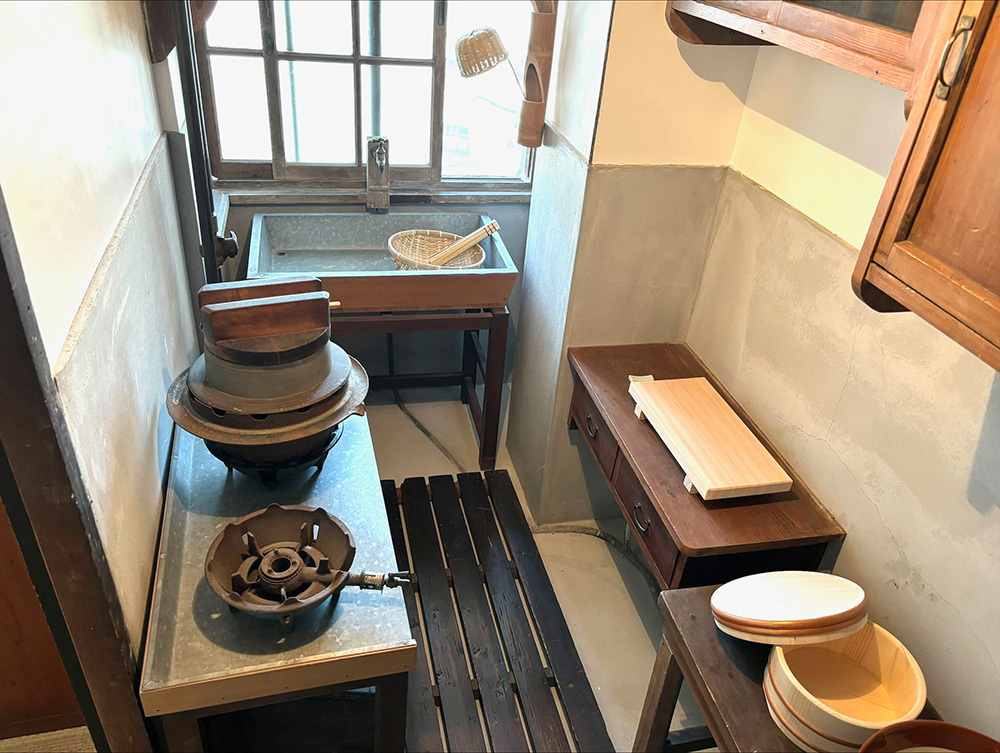
First and foremost, it has to be the restored apartments. Four apartments from different housing complexes have been restored using the original building materials, fixtures, and window frames from their respective eras. In other words, these aren't sets; they're the real thing. For example, stepping into the Dōjunkai Daikanyama Apartment, built around 1920—roughly 100 years ago—you catch the faint scent of tatami mats. You're struck by the compact design: the living room is about 13 square meters, with a ceiling height of approximately 2.3 meters. It's truly like visiting the home of someone from that era, offering a time-slip experience where you directly feel the sense of daily life.
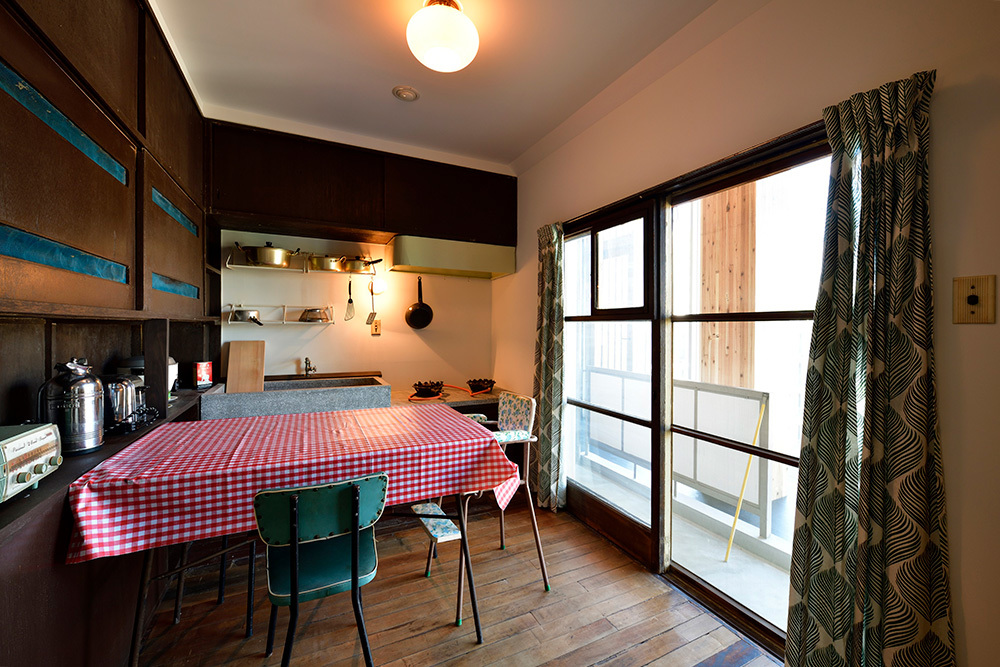
Moving on to the Hasune Housing Complex, you sense the shift towards Westernized lifestyles, and by the time you reach the Harumi High-Rise Apartments, the pursuit of design is clearly visible. Each time you open the door with a click and step into the next room, you realize how these spaces connect directly to the homes we live in today. Housing and lifestyles become refined through the relentless ingenuity and accumulated efforts of people. Discovering this is what leads to understanding UR's mission.
For details on the restored residences in the four housing complexes, click here.
Incidentally, the "DK" you often see on floor plans refers to the dining kitchen. UR pioneered that very term. Furthermore, while stainless steel sinks are now mainstream, they first became widely adopted in Japan through UR housing estates. Other trivia about things we now take for granted in daily life are hidden throughout, stimulating intellectual curiosity.

This is the "Tales of First-Generation Housing Complex Items" exhibit. Housing components from each era are laid out across an entire wall, reaching up to the ceiling. For those familiar with the era, it's nostalgic; for younger generations, it might look like modern art. Notably, all the intercom chimes are still functional and can be pressed. When they ring out with a clear "Ping-pong!" or "Boo!", most visitors jump! This playful exhibit is one of the museum's charms.
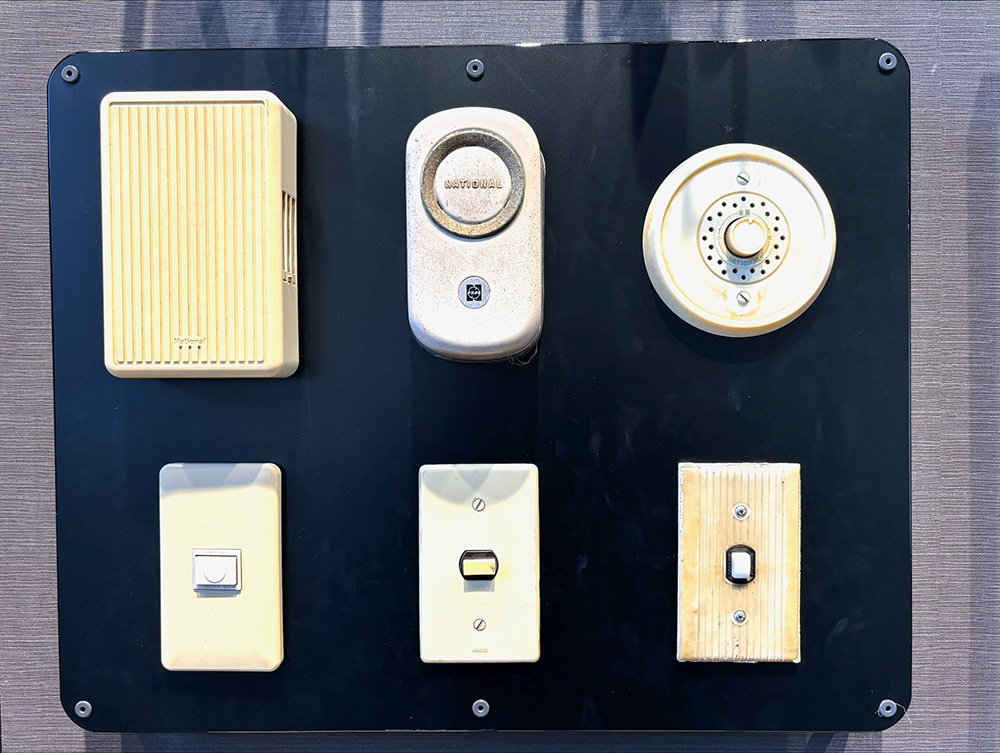
While these housing components for apartment complexes are constantly improved and destined for disposal after a certain period, they are also vital parts that have supported people's lives. They can become valuable materials preserving the history of urban living for future generations. Preserving and curating them as heritage is undoubtedly an important role for corporate museums.
Displaying the entire unique "Star House"
Four apartment buildings stand on the site, all registered as the first tangible cultural properties (structures) in a housing complex. Three of these are point-type buildings, commonly known as "Star Houses." Designed with three rooms per floor, every unit receives light and air from three directions. Viewed from above, they form a Y-shape, earning the name "Star House" for its star-like appearance. Visitors are amazed by this innovative design, and equally astonished to learn it was built 60 years ago. It's the kind of exhibit that makes you want to add a comment and share it on social media.

Meanwhile, the exhibition also features the housing complexes commonly seen in cities. This is "Lab 41," a building type known as the slab stairwell type.

All rooms face south, and balconies are installed to maximize natural light and ventilation. Why is this preserved and exhibited as a Registered Tangible Cultural Property (Structure)? Because it represents a standard housing block form from the period of high economic growth, serving as invaluable documentation directly linked to today's housing complexes. Value isn't found only in what catches the eye. Even "everyday life" has a beginning, and our lives are part of a continuous history. "Lab 41" teaches us this. Currently, parts of its interior have been renovated, and it is also used as a testing ground for renovation techniques and other applications.
Housing complexes are mass-produced dwellings. As they age, they are demolished and rebuilt into new homes. Yet behind this cycle of renewal lies proposals and challenges for each era's lifestyle. Preserving these slices of life transcends the history of a single company; it contributes to preserving Japan's housing history. Note that none of the four buildings are normally open to the public inside, to protect their historical significance.
Regional revitalization and connections with disaster-affected areas are also part of the museum
Another defining feature of this museum is its emphasis on interaction with local residents and revitalizing the surrounding area. It prioritizes building direct relationships with diverse stakeholders.
One example is the "Town and Life Trial Competition," which began accepting entries in November 2023. This initiative solicits ideas from the general public, aiming to utilize the museum's public spaces as a testing ground for activities, designs, and business ventures that create new landscapes. The grand prize winner was selected in March 2024, and plans to create farmland in Akabane-dai based on the winning proposal are now underway. Furthermore, full-scale community events are scheduled to begin in July and beyond.
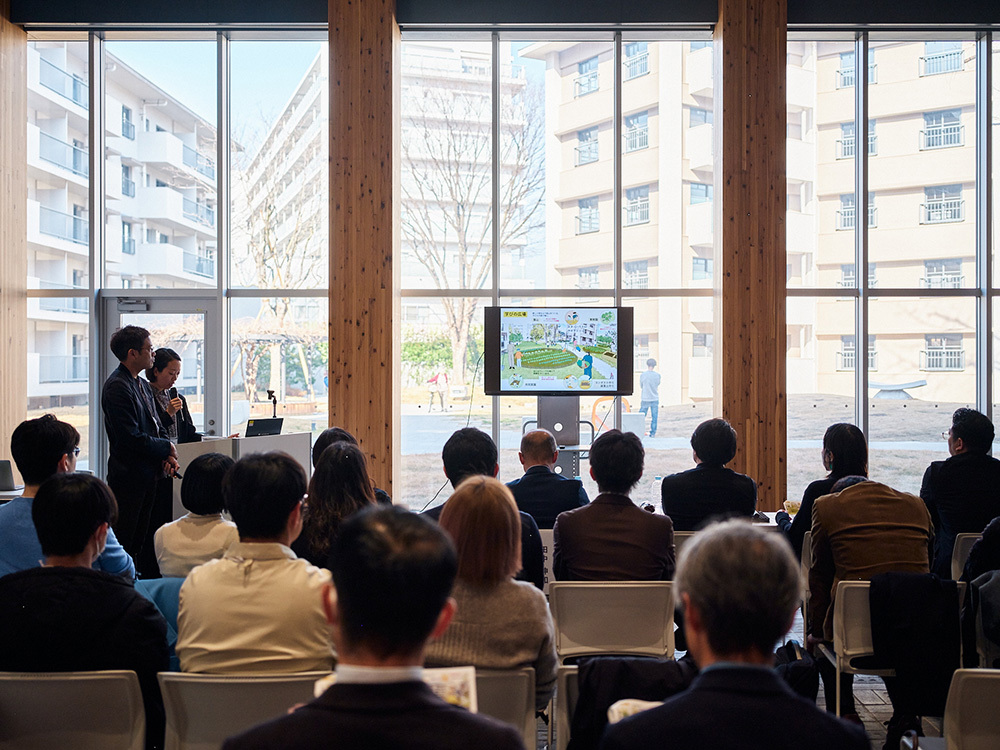
"Community development relies on local residents. We view event scenes as part of the museum experience," stated a facility representative. By encouraging participation, the museum aims to showcase UR's ongoing initiatives and foster positive relationships. This, too, is part of the museum's mission.
The museum also prioritizes connections beyond the local community. As part of its core mission of supporting disaster recovery, it works to increase the number of people connected to the affected areas and prevent the fading of memories. In February 2024, it received and planted three cherry saplings from Iwate and Miyagi Prefectures – saplings that survived the tsunami of the Great East Japan Earthquake. The idea is for visitors to the museum to remember the disaster-affected areas while admiring the cherry blossoms in full bloom. The trees are expected to bloom as early as the following spring, continuing to preserve the memory of the disaster over decades. This, too, is likely a long-term initiative characteristic of UR, an organization that has shaped the era of cities and living.
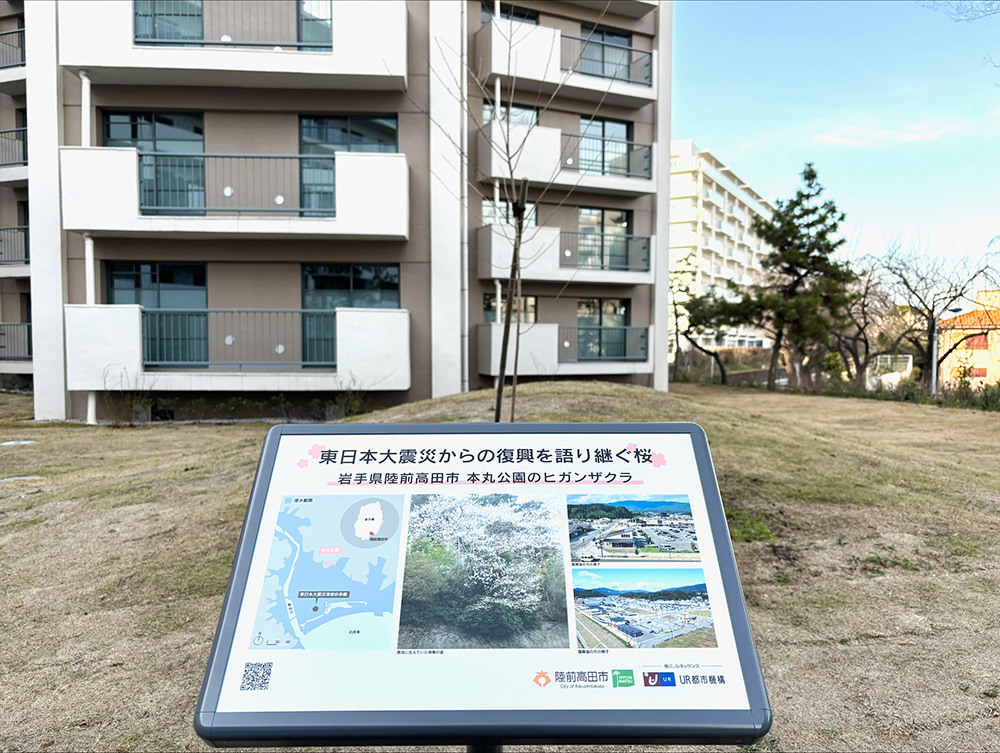
"Transcending social challenges."
A UR public relations representative explains: "While the general public often associates UR primarily with rental housing, we want many people to understand that we have pursued town development tailored to each era and region. UR has engaged in essential town-building projects like new town development, urban regeneration, and disaster recovery support. Moving forward, we aim to implement new initiatives to enrich lives for the future. We hope this museum will serve as a platform to communicate that vision."
Building communities. Enriching lives. At its core, UR's mission is nothing less than solving regional problems and addressing societal ills born of the times. It is, in essence, tackling social challenges. This museum, where visitors can experience these efforts firsthand, proves highly effective in fostering understanding and empathy for UR's work in today's world, where no one is untouched by social issues.
UR champions the public relations message "Transcending social challenges," and this resolve permeates the museum. This unwavering stance, too, speaks volumes about UR.
[Editor's Note] (From the Web Dentsu Inc. Editorial Department)
My mother (84), for instance, often tells me: "You already did a lifetime's worth of filial piety before you turned three." Back then, life was surely just as busy and exhausting as it is now. Yet looking back, I imagine she feels that life in that era, in that town, is an irreplaceable treasure.
That, I believe, is the essence of living and of home. The UR Town and Life Museum is one of the few museums where you can experience forms of happiness you didn't notice back then, or forms of happiness you're seeing for the first time in this era. It allows you to reflect on your life right now, in this moment, and on the life that lies ahead in the future. It truly lives up to its name. This experience, too, will undoubtedly become a lifelong treasure for those who visit.
Was this article helpful?
Newsletter registration is here
We select and publish important news every day
For inquiries about this article
Back Numbers
Author

Daisuke Inoue
PR Consulting Dentsu Inc.
After working at media companies and other organizations, he assumed his current position. He has been involved in projects primarily for government agencies and public entities, focusing on solving social issues. For a project promoting the development and popularity of parasports, he received awards including the "PR Award Grand Prix 2021" and "PR Awards Asia 2022." He is a Certified PR Planner by the Japan Public Relations Association.


